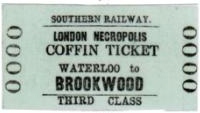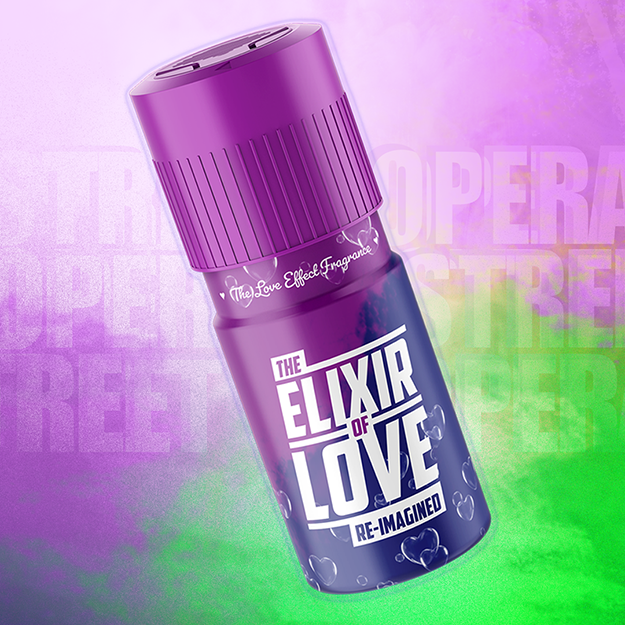The London Necropolis Railway existed from 1854 to 1941 to transport London’s dead and their mourners from Waterloo to Brookwood Cemetery in Surrey. It opened in response to severe overcrowding in London’s existing cemeteries. The newly built Brookwood Cemetery was intended to home the entirety of London’s dead for at least the next 150 years. Most of the route of the London Necropolis Railway ran on the existing London and South Western Railway (LSWR).
The first station was completed in 1854, at a total construction cost of around £1.9 million today. It was specifically designed for the use of mourners, so had many private waiting rooms, which could be used to hold funeral services, and a hydraulic lift to raise coffins to platform level. Existing railway arches (now the Leake Street Vaults) were used for the storage of bodies.
In 1899, the London Necropolis Railway station was blocking the expansion of Waterloo station so, in return for the existing site, the LSWR supplied them with a new station on Westminster Bridge Road. This new building was designed to contrast with other funeral directors’ premises by being as attractive as possible.
Why did they need a Necropolis Railway?
In 1801, the population of London was a little under a million people, but within fifty years the population quickly expanded to 2.5 million. There was a crisis in London concerning its dead. With limited space for burials in the city’s graveyards, it wasn’t just the old graves that were exhumed to free space for new burials. Grave diggers reported having to cut up recently buried bodies; paupers’ coffins remained unburied in church crypts; and there are records of ‘mingled dirt and human remains’ being thrown into the Thames from Waterloo Bridge. Decaying corpses contaminated the water supply, and the city suffered regular epidemics of cholera, smallpox, measles and typhoid, which resulted in more deaths and more bodies. After a cholera epidemic in 1849 killed near 15,000 people, something had to be done to cope with London’s dead.
What class are you?
The London Necropolis Company offered three classes of funerals. First Class allowed complete choice of gravesite within Brookwood cemetery, and a permanent memorial. Costs began at £2 (about £205 in 2015) for a basic 9-by-4-foot plot with no special coffin specifications.
Second Class cost £1 (about £82 in 2015) and allowed some choice of burial location. A permanent memorial would cost an additional 10 shillings (about £41 today), and if a permanent memorial was not erected the LNC reserved the right to re-use the grave in future.














